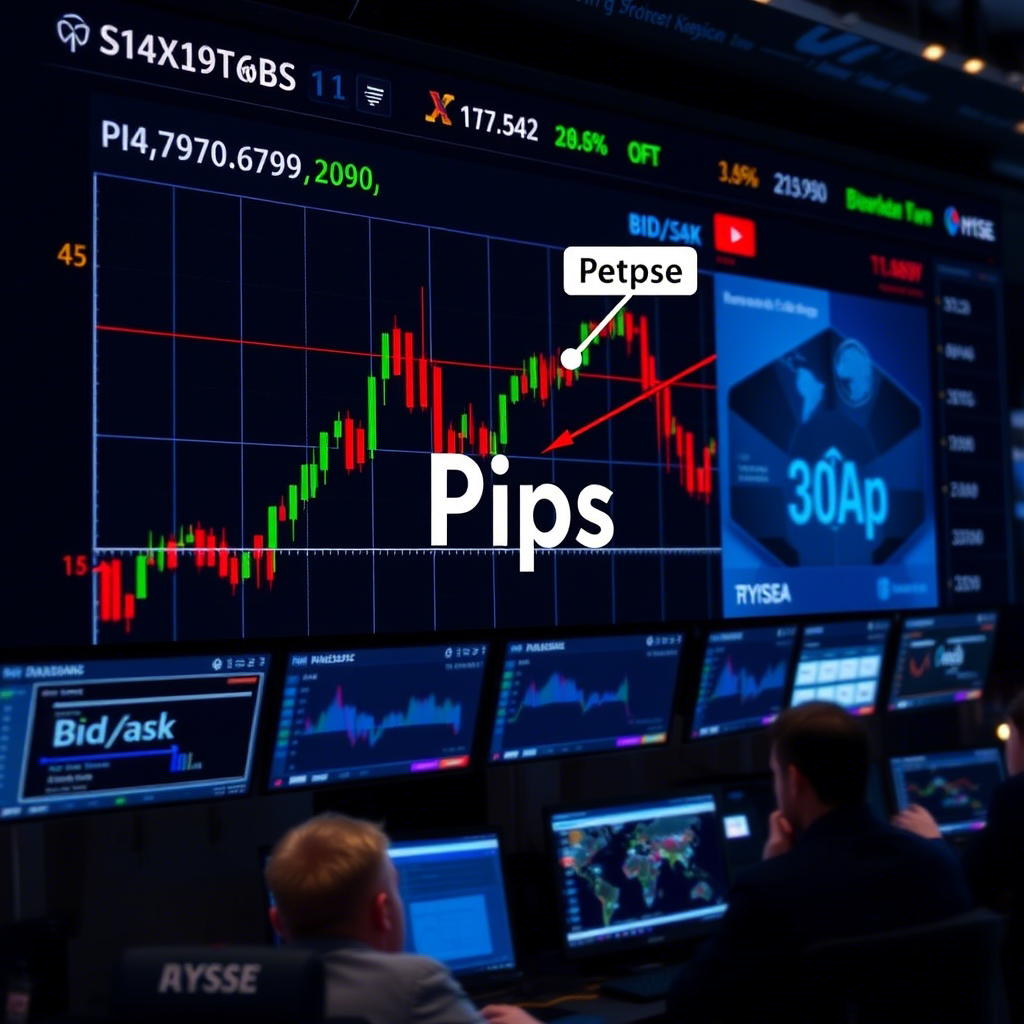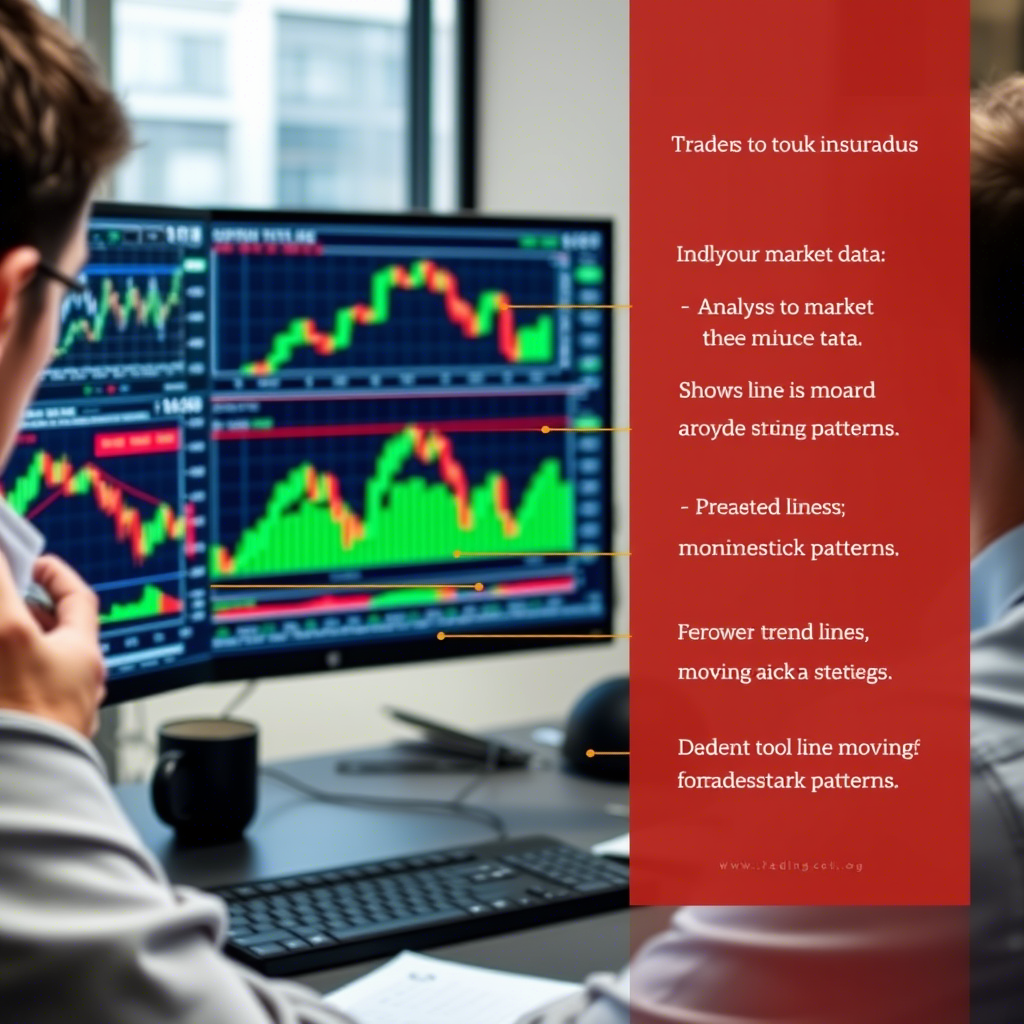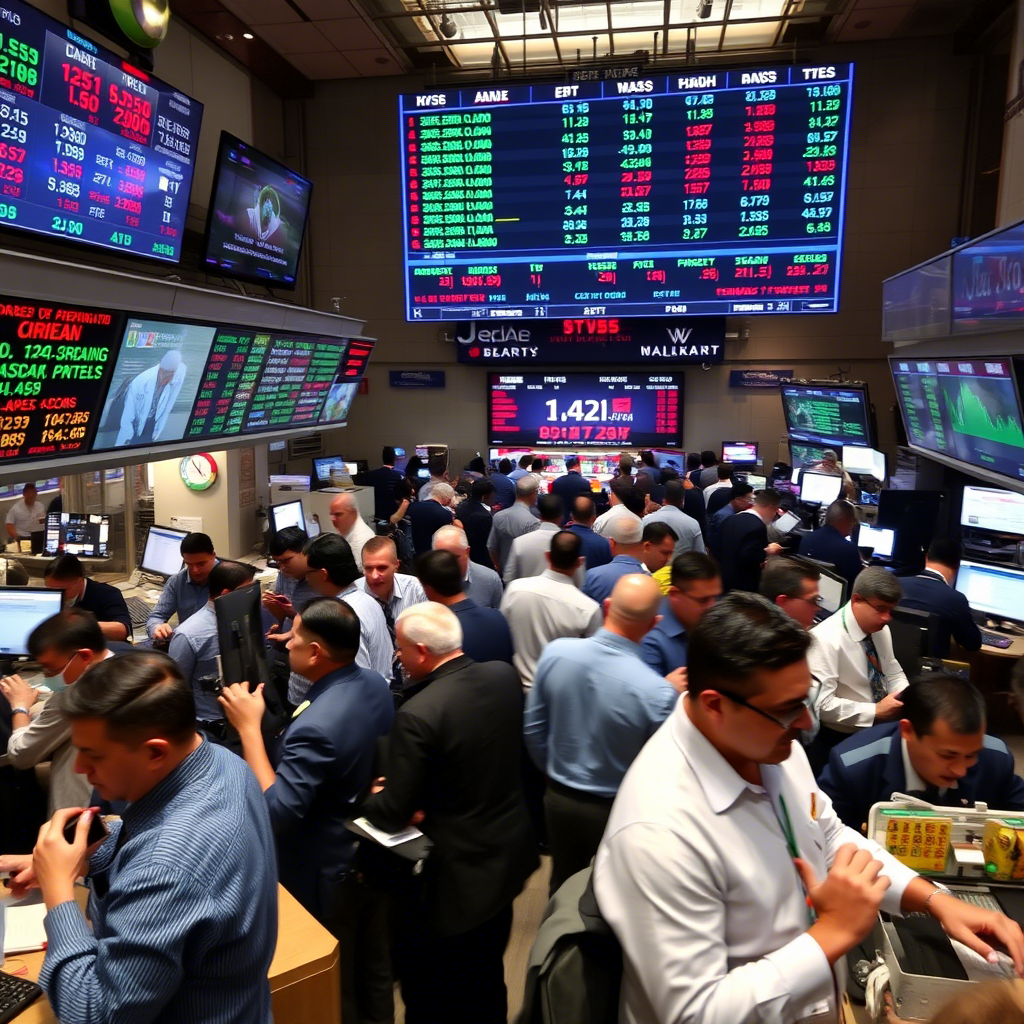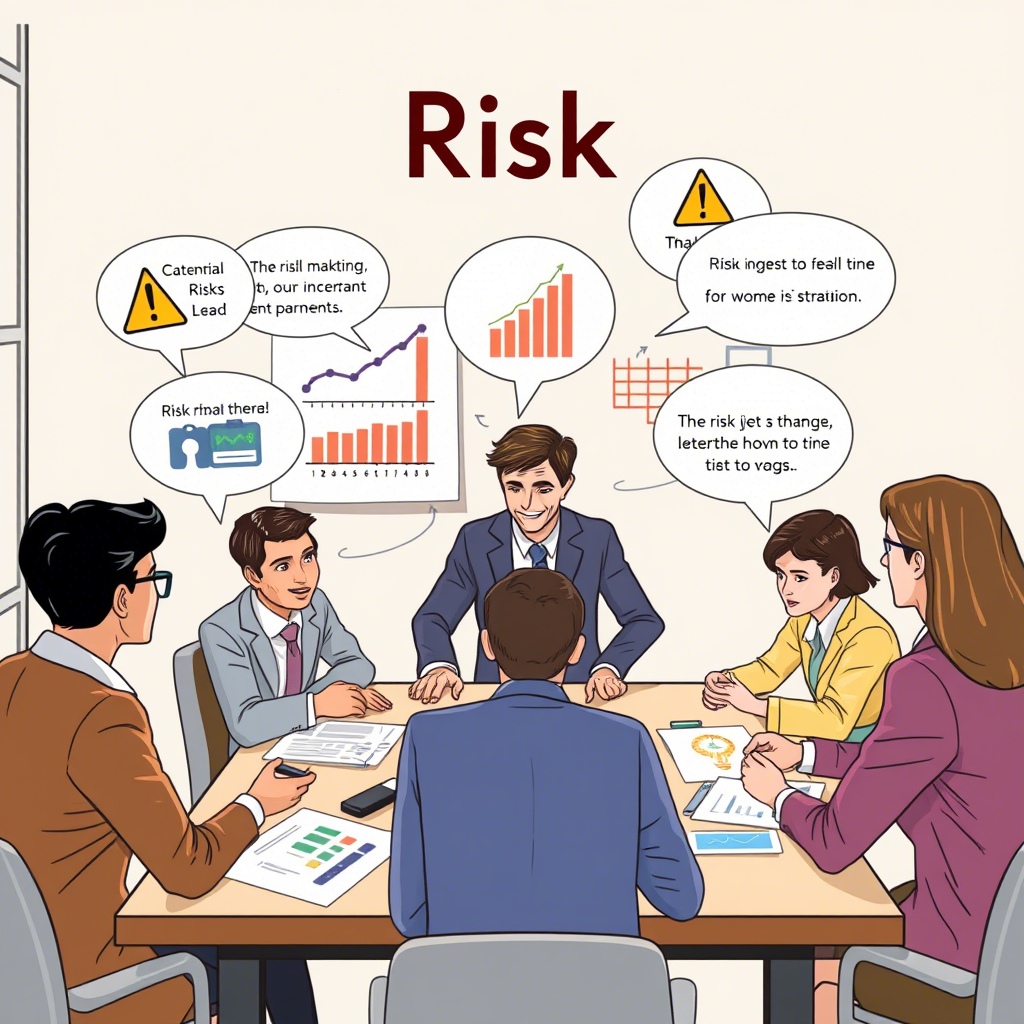Understanding Pips in Currency Trading: A Beginner’s Guide

Introduction to Pips
In currency trading, a pip is a fundamental unit of measurement for price movements in the Forex market. Short for “percentage in point,” a pip represents the smallest price change in a currency pair, typically the fourth decimal place (0.0001) for most pairs. Understanding pips is crucial for traders to calculate profits, losses, and trading costs in currency trading, making it a key concept for navigating the market effectively.
What is a Pip?
A pip measures the change in value between two currencies in currency trading. For example:
- In EUR/USD, if the price moves from 1.1000 to 1.1001, that’s a 1-pip movement.
- For pairs like USD/JPY, where the quote currency (JPY) has two decimal places, a pip is 0.01 (e.g., 110.00 to 110.01).
Most currency pairs in currency trading use four decimal places, so a pip is 0.0001, except for yen-based pairs (0.01). Some brokers quote fractional pips (or pipettes, e.g., 0.00001) for precision.
How Pips Work
Pips determine the profit or loss in a trade. For instance:
- Trading 10,000 units (0.1 lot) of EUR/USD with a 10-pip gain at $0.10 per pip yields $1 profit.
- The value of a pip depends on the lot size, currency pair, and exchange rate in currency trading.
Traders use pips to assess market movements and set targets for entries and exits.
Calculating Pip Value
To calculate the value of a pip in currency trading:
- Formula: Pip Value = (Pip in decimal places × Lot Size) / Exchange Rate (for quote currency).
- Example: For 10,000 units of EUR/USD at 1.1000, a pip (0.0001) is worth $1.
Pip values vary by pair and position size, impacting profitability in currency trading.
Importance of Pips
- Profit/Loss Measurement: Pips quantify gains or losses in currency trading.
- Cost Assessment: Spreads, the broker’s fee, are measured in pips, affecting trading costs.
- Risk Management: Traders set stop-loss and take-profit levels in pips to control risk.
- Strategy Development: Scalping targets small pip movements, while swing trading aims for larger ones.
Factors Affecting Pip Movements
Several factors drive pip movements in currency trading:
- Economic Data: Reports like GDP or inflation cause pip fluctuations.
- Central Bank Policies: Interest rate changes influence currency values, affecting pips.
- Market Volatility: News or geopolitical events can lead to large pip swings.
- Liquidity: Major pairs (e.g., EUR/USD) have smaller pip spreads than exotic pairs.
Pips and Trading Costs
The spread, measured in pips, is the cost of entering a trade in currency trading. For example:
- A 2-pip spread on EUR/USD means paying $2 per 10,000 units traded.
- Low pip spreads benefit high-frequency traders like scalpers, while wider spreads impact exotic pairs.
Pips in Trading Strategies
Pips shape strategy choices in currency trading:
- Scalping: Targets 5–10 pips per trade with frequent entries.
- Day Trading: Aims for 20–50 pips in daily sessions.
- Swing Trading: Seeks 100+ pips over days or weeks.
- Position Trading: Focuses on long-term pip gains, often hundreds.
Managing Pips in Trading
To optimize pips in currency trading:
- Set Stop-Losses: Limit losses to a fixed number of pips (e.g., 20 pips).
- Choose Low-Spread Pairs: Trade pairs like EUR/USD with tight pip spreads.
- Monitor Volatility: Avoid trading during high-pip volatility events unless prepared.
- Use Calculators: Pip calculators simplify profit/loss projections in currency trading.
Practical Tips
- Practice with Demo Accounts: Test pip-based strategies without risk.
- Understand Pair Differences: Yen pairs have different pip values than others.
- Track Spreads: Compare brokers for low pip spreads in currency trading.
- Stay Informed: Economic calendars help predict pip movements.
- Risk Small: Limit risk to 1–2% of your account per trade, measured in pips.
Common Mistakes to Avoid
- Ignoring Spreads: High pip spreads can erode profits.
- Over-Trading: Chasing small pip gains increases costs.
- Neglecting Volatility: Trading during news can lead to unexpected pip losses.
- Miscalculating Pips: Incorrect lot sizes distort pip value estimates.
Conclusion
Understanding pips is essential for success in currency trading, as they measure price movements, costs, and risk. By mastering pip calculations, choosing low-spread pairs, and aligning strategies with pip targets, traders can optimize performance. Use demo accounts, stay informed about market events, and select regulated brokers to manage pips effectively in currency trading.




